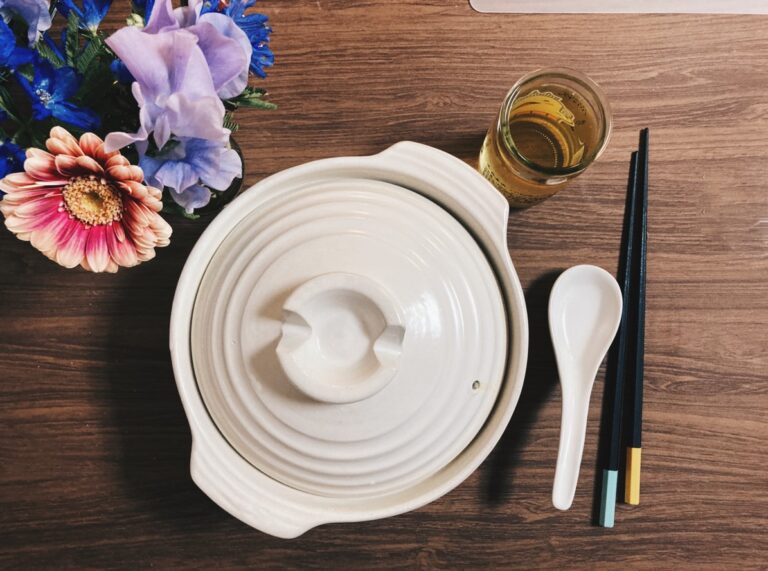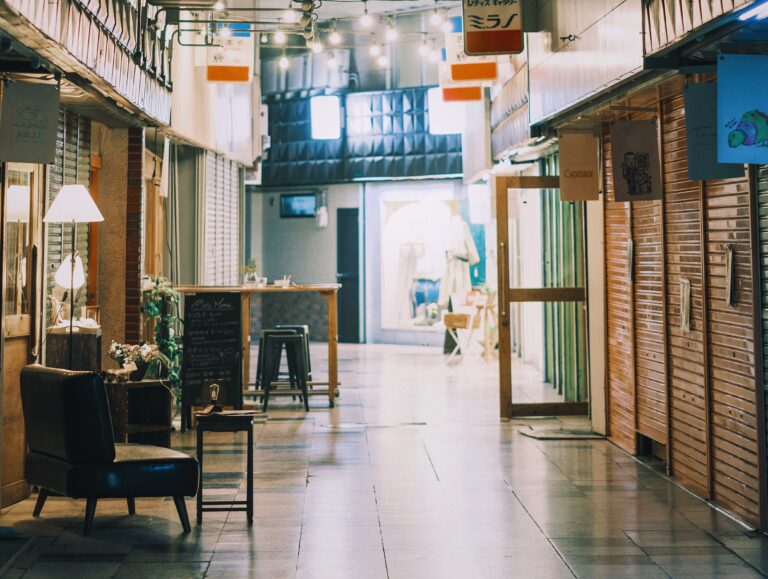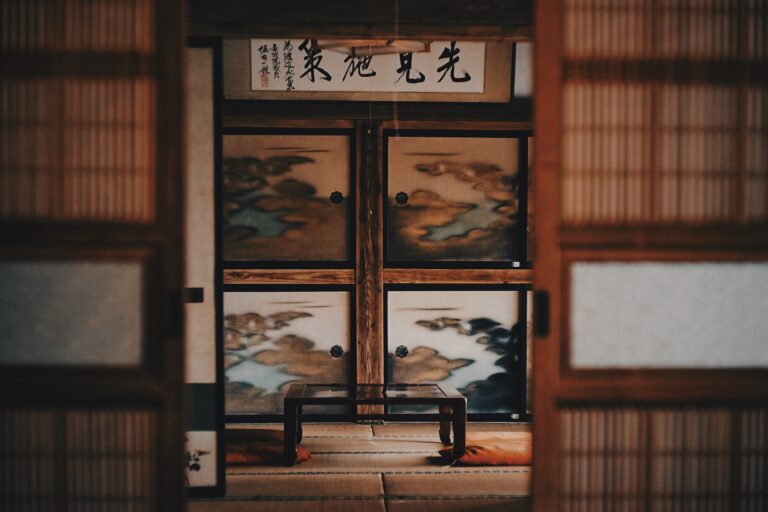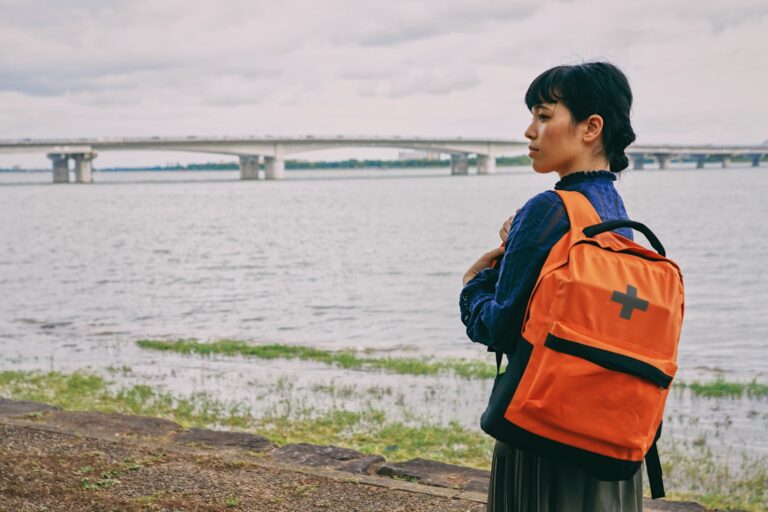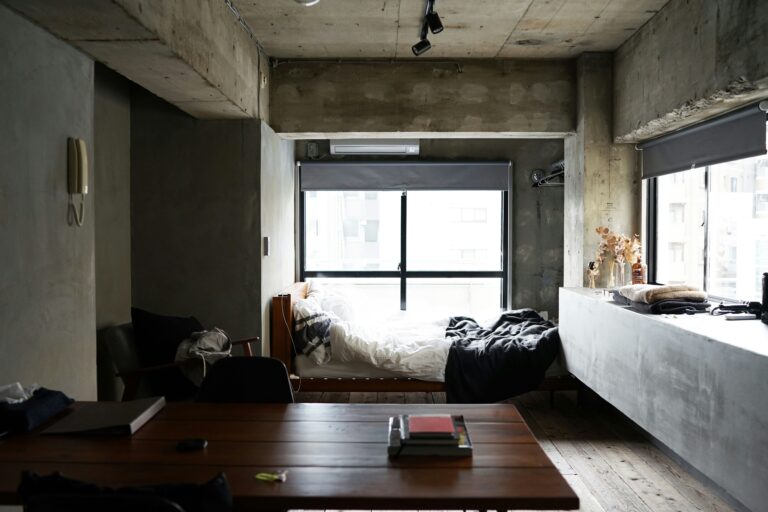The term “Japandi” has gained traction as a popular interior design aesthetic, blending elements from Japanese and Scandinavian design traditions.
@dpinteriordesign Japandi Design 🪴 Skip to the end for some affordable decor pieces to add to your space 😌 #interiordesign #homedecor #interiordesigner #interiordecor #japandi #japandistyle #japandiinterior #design #designtok #interiordesignideas ♬ original sound – Deepa
Designers often gravitate towards nature-inspired concepts, and the introduction of terms like wabi-sabi and hygge injects a sense of novelty and international flair into their work. The fusion of Japanese and Scandinavian styles presents an opportunity for creative expression, emphasizing individual designers’ ingenuity.
Authenticity and Cultural Awareness
However, this raises the question about authenticity and cultural awareness underlying the “Japandi” trend. The interior design industry has been known to operate within an echo chamber, lacking diverse perspectives that could offer more nuanced interpretations of cultural elements. The U.S. interior design industry is nearly 80% women and 82% white. And as mentioned in Forbes, interior designers have been known to frequently used “terms like ‘native’ ‘tribal’ and ‘oriental,’ which exoticize and alienate people of certain cultures.“
Contrasting Cultural Identities
Japan is a country that embraces its marketability – leaning on income from tourism and cultural exports like anime and J-pop. But authentic Japanese cultural identity goes deeper than these surface representations. From a Japanese perspective, the manufactured nature of the “Japandi” trend, coupled with its commercialization, is far disconnected from genuine Japanese aesthetic ideas and morals.
“A house, though it may not be in current fashion or elaborately decorated, will appeal to us by its unassuming beauty.” – Essays in Idleness, by Kenko Yoshida.
While Scandinavian culture is more flexible regarding eclectic aesthetic influences, it, too, differs from the American interpretation that gave birth to Japandi. The simplicity, quality, and attention to detail inherent in Scandinavian design philosophy is rarely embodied by designs marketed as Japandi.
Polar Opposite Aesthetic Ideas
Even the surface aesthetic characteristics between Japanese and Scandinavian interior design carry a noteworthy contrast. The iconic Japanese aesthetic essay, In Praise of Shadows, romanticized the darkness common to traditional Japanese folk houses, yet Scandinavian interior designs are often characterized by all-white-everything. White walls, white painted floors, white-washed wood, white furniture… white everything to reflect as much light as possible – a psychological survival technique in response to long, dark winters. Colors create play and joy.
In Denmark, I was lucky to receive a personal tour from one of the lead designers of a line of their latest product at Normann Copenhagen, a contemporary shop designing and selling Scandinavian furniture, lamps and decor. As she ran her hand across the textile patterns of their latest releases, she explained her inspirations. Her words included crystals and ice cream, which translated into notably synthetic packaging colors, pastel gradients, and fun graphic bedding patterns. Her design was fun, playful and she was free to be creative.
On a deeper level, the merging of Japanese and Scandinavian cultures overlooks fundamental differences in their values and lifestyles. Japanese culture, characterized by formality, hierarchy and interpersonal indebtedness, contrasts starkly with the Scandinavian emphasis on a slower pace of living, happiness, individualist mindset and approach to well-being.
This all being said, Japandi design (when well-done) is undeniably lovely. A bright, calm nordic-white room with the wood and fiber-centric elements of sustainable Japanese trades seems to harmoniously blend the best of both worlds.
But the question is:
Can Japandi be practiced with both cultural sensitivity and authenticity?
Hi! I’m Bitsii. I’m an interior designer living and working in Japan. You can follow along with you journey on Instagram and YouTube. Feel free to say hi! 🙂

